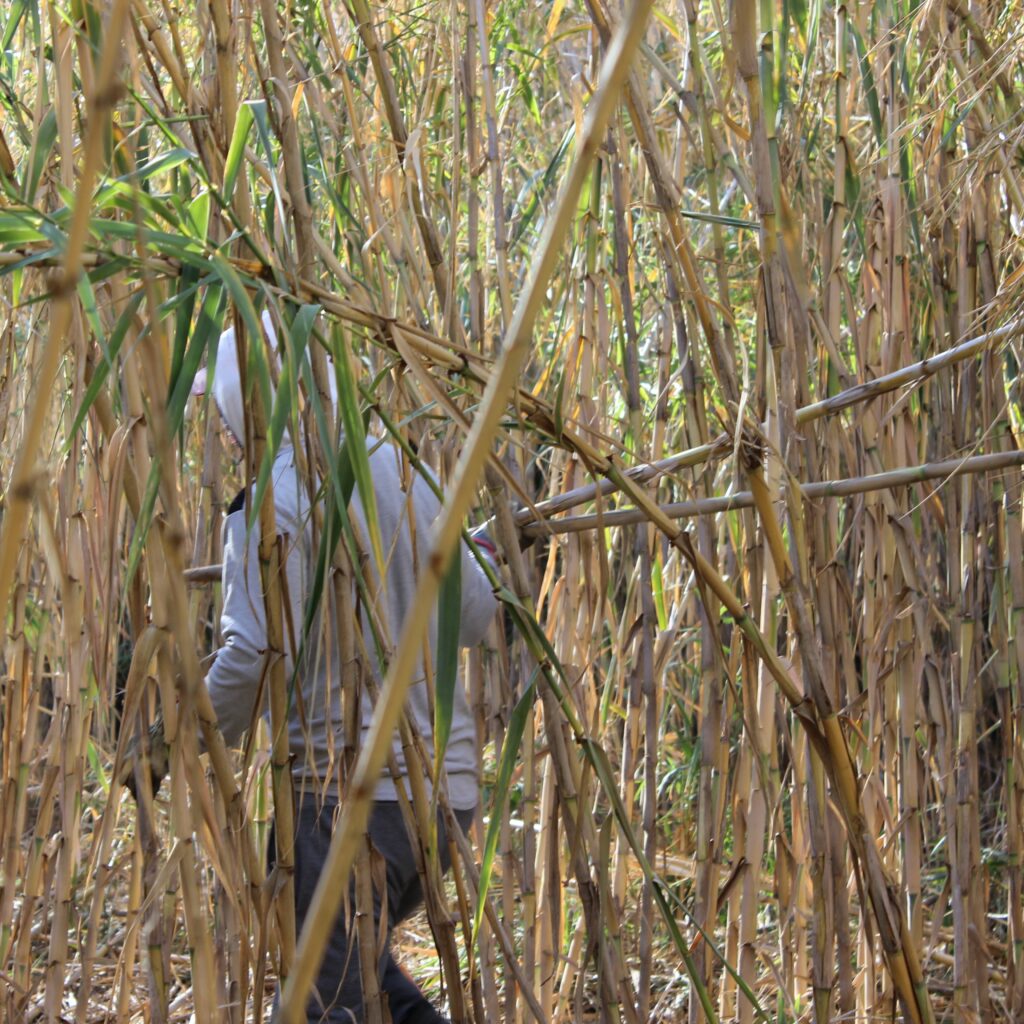10/05/2024
Harvest season, explained
It is a crucial stage in the manufacturing of reeds, since it determines the supply of raw material in the future.
The harvest season is one of the most important events of the year for our factory. The cane we harvest today will guarantee that we will have raw material for our work in two years, which is when we will start using that material. Therefore, it is essential to anticipate future demand, and take maximum care of the cane to ensure we have sufficient supply for the coming years.
The process begins in autumn, cleaning the cane field of those plants that have completed their cycle without reaching sufficient development to make reeds. This cleaning will cause some plants to become temporarily reddish. Cleaning will help the cold of winter, frosts, oxygen and sun reach all the plants.
Once winter began, and after several frosts, we start to harvest the canes. Thus, we ensure that the sap has descended, guaranteeing the color and stability of the wood, as well as preventing it from wrinkling.
Those plants that have completed their second life cycle will be harvested, that is, those that are in their second winter. This material will have already reached the state of maturity necessary for the music industry. Harvesters can distinguish the age of the canes with the naked eye due to the color of their wood and the condition of their leaves.
Another factor to take into account is the diameter of the canes to be harvested. Each instrument requires specific dimensions to make reeds, and a very thin reed, even if it is mature, may not be suitable for any instrument.
The packages of harvested cane are removed from the plantation, and allowed to rest for a few days. Then their leaves are removed, they are exposed to sunlight for 15 days on each side, and they are kept for at least 2 years to age the wood and make it as stable as possible. For some products, such as GD Clarinet or FOF, the aging time is even longer, around 4 years.

